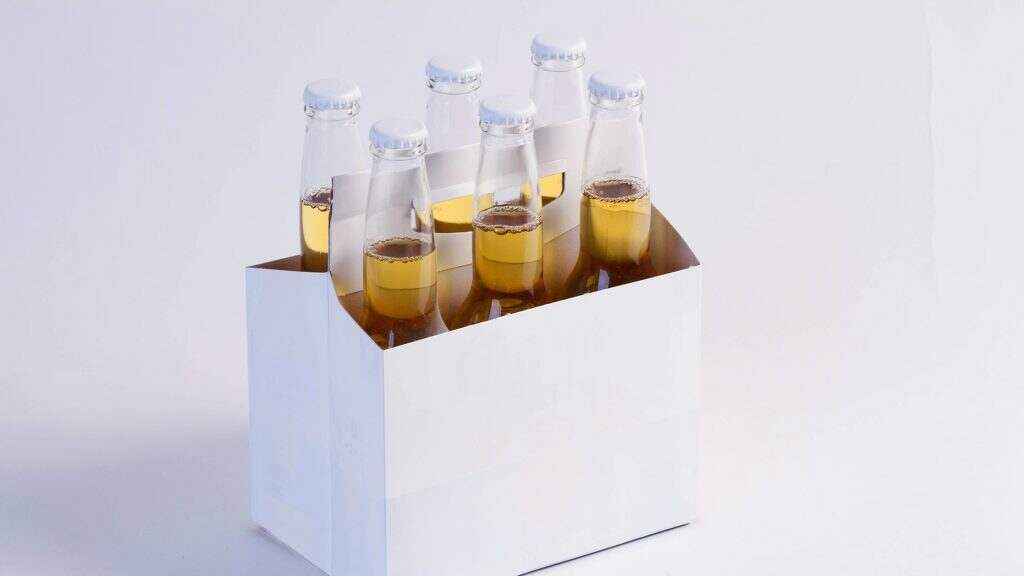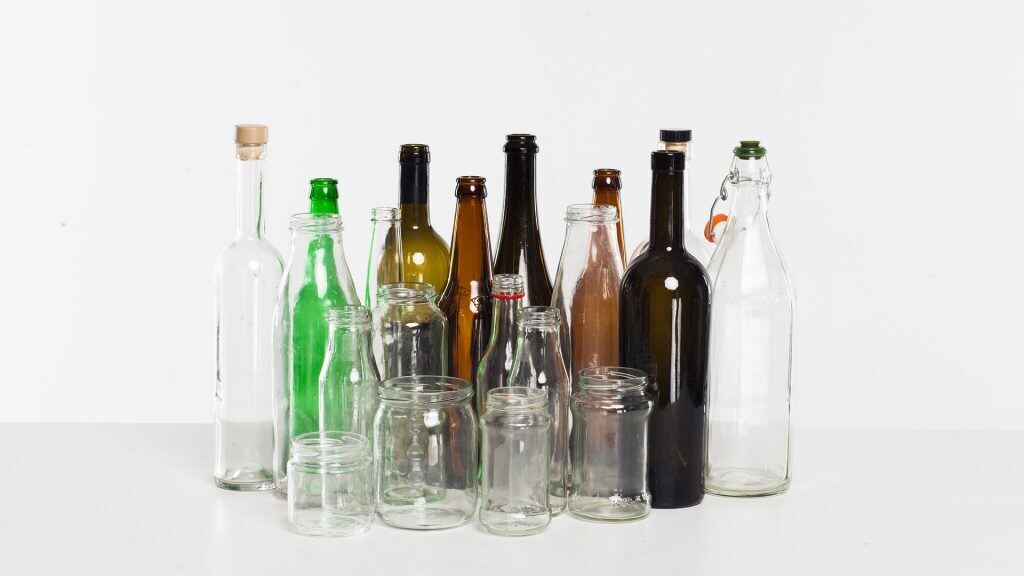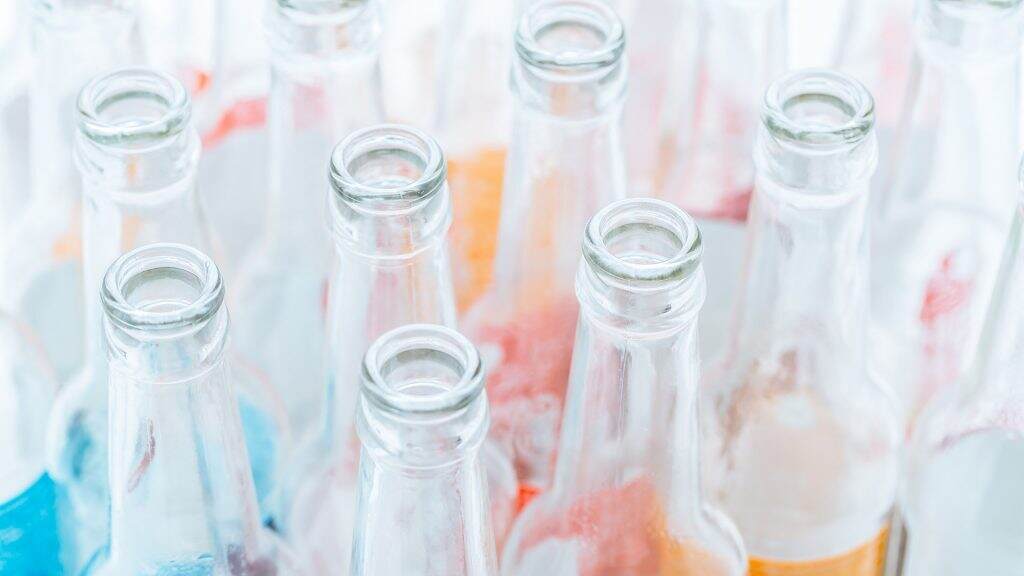 Home > News
Home > NewsWhile traditional bottles and cans are still dominant as far as beer packaging is concerned, many businesses are looking at alternative bottling methods, design ideas, and sustainability trends to make critical packaging decisions for their products. Especially since on-premises sales dried up at the height of COVID-19, breweries and smaller brands had to pivot to find effective ways to get their beverages in the hands of consumers.
These factors have greatly influenced beer packaging and craft beer packaging design trends, from how products are bottled and packaged to how they’re shipped to consumers. BottleStore.com has the bottles and caps you need to ship and sell your craft beers to the broadest possible audience.

How has sustainability impacted craft beer packaging?
Sustainability significantly impacts craft beer packaging from recyclable can designs to plastic-free can carriers. While plastic can carriers appeal to many brewers and distributors thanks to being relatively inexpensive and convenient, they’re highly unsustainable, which doesn’t align with many craft breweries and their values. As a result, many breweries are interested in plant-based, compostable can carriers derived from agricultural by-products.
Brewers like Carlsberg are using concepts like snap packs that rely on a small amount of recyclable glue to hold cans together, and Corona introduced the Fit Pack, a stackable can design that eliminates packaging.
Both consumers and brewers are interested in sustainable craft beer packaging. As a result, it’s easier to align your brand with your consumers’ values by partnering with craft beer packaging suppliers and investing in recyclable, renewable, or compostable designs.

What does the future of craft beer packaging look like?
Several factors will impact the craft beer packaging and brewing markets moving into the future. While many states are lifting COVID-19 restrictions, breweries are still likely to invest in outdoor spaces and to-go options. Where to-go beverages and containers are possible, it’s clear that brands will invest more in renewable and sustainable choices when available.
Also, the pandemic highlighted a trend of increasing bulk buying, which means that more breweries will create 12-pack craft beer packaging options. Therefore, brands that can attract and retain customers with their craft beer packaging will benefit from 12-packs and more bulk sales.
Finally, it’s more important than ever to invest in brand-centric design. Building loyalty and attracting consumers is critical to business success. With so many craft beers and independent brewers on the market, brands need to take extra steps to develop labels and containers that are visually stimulating.
From glass bottles or aluminum cans to the cardboard boxes or plant-based ring holders they’re shipped in, you must view these as further opportunities to brand your beverages and showcase your designs.

What materials, shapes, and sizes have been popular in recent years?
If there’s any question about which material reigns supreme in the world of craft beer packaging, let’s dispel it: glass and aluminum are the materials of choice. These materials are relatively affordable for craft beer packaging suppliers, and they’re also highly recyclable. Glass bottles are especially effective for high-end designs and upscale craft brews.
Regardless of the chosen material, it’s clear that more brands are investing in quality packaging and label design. For instance, brands like Thornbridge Brewery rely on metallic designs for a shimmer that pops from store shelves and more astonishing windows.
Custom bottle caps and closures are incredibly effective for enhancing branding. If you have a particularly effective bottle cap design, this is another opportunity to leave an impact on your customers and build brand loyalty.